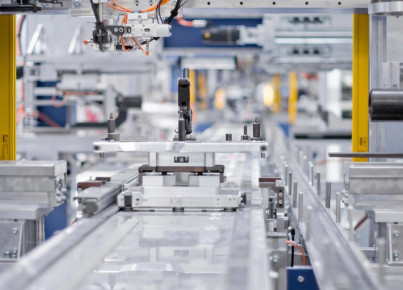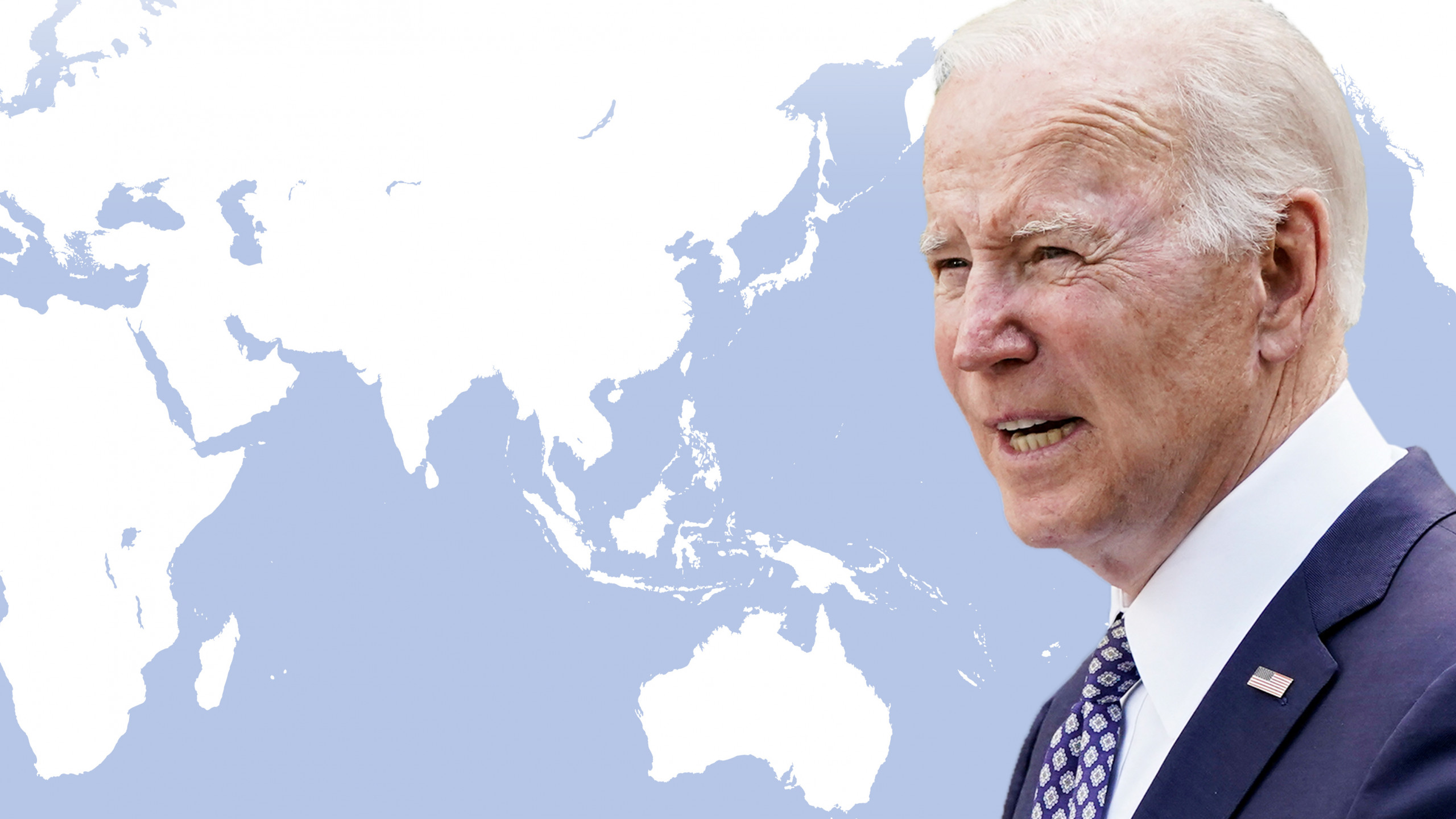Covid-19 pandemic, RCEP and the South China Sea: the ASEAN countries at the core of the Indo-Pacific region.
The 37th ASEAN Summit was held online from the 12th to the 15th of November, the last of the Vietnamese presidency, which will now be replaced by Brunei. The opening ceremony of the Summit between ASEAN member countries was marked by the speeches of the President of Vietnam, Nguyen Phu Trong, and the Prime Minister, Nguyen Xuan Phuc. Both leaders emphasized the resilience of ASEAN in the face of the unprecedented challenges posed by the pandemic.
First of all, specific attention was paid to the delicate issue of the South China Sea. ASEAN member countries reaffirmed their intention to maintain peace and stability in the area through the elaboration of a Code of Conduct for the South China Sea to be stipulated with Beijing. The negotiations are struggling to take off, but the document should be ready by the end of 2021, according to the statements made during the Summit. The Code of Conduct aims at guaranteeing the free trade of goods in this disputed stretch of water, respecting the rules and agreements of the International Law of the Sea.
The ASEAN leaders also discussed the shared response to the Covid-19 pandemic, introducing the l’ASEAN Strategic Framework for Public Health Emergencies. All the joint initiatives on health emergencies in the region will be based on this framework, which is intended to improve ASEAN’s preparedness and responsiveness to public health emergencies. The Covid-19 Response Fund is also included in this document, arranged by the ASEAN countries in April. The Fund’s budget amounts to 10 million dollars, with the specific function of providing assistance to the nations most affected by the pandemic. Although very different from the Next Generation EU recovery plan in terms of scope and purpose, this fund represents an important first step for Southeast Asian countries towards the definition of shared instruments to manage crises.
Along with the health emergency, the pandemic crisis had a destructive impact on the societies and the economies of the region. Therefore, the epidemiological response to the pandemic must go hand in hand with the socioeconomic recovery strategy in Southeast Asia. In this regard, the ASEAN countries representatives established the ASEAN Comprehensive Recovery Framework with the aim of planning the recovery phase. The strengthening of regional health systems, the increase of economic cooperation within ASEAN, the promotion of digital transformation, and the attention to sustainability and environment are among the main measures included in the Recovery Framework. Its goal is to manage the delicate recovery period using a cooperative approach with a focus on the regional dimension of the crisis.
Furthermore, this Summit saw witnessed the establishment of the first ASEAN Women Leaders’ Summit. For the first time ever, the representatives of ASEAN women leaders made their voices heard at a summit entitled “Women's Role In Building a Cohesive, Dynamic, Sustainable And Inclusive ASEAN Community In a Post Covid-19 World”. It emphasized the role of women in promoting sustainable development in the post-pandemic world. All the women leaders strongly stated that the pandemic threatens to reverse the region’s difficult achievements in terms of gender equality and women empowerment. Therefore, it was loudly pointed out that ASEAN have to mitigate the negative impacts of COVID-19 on women, placing them at the heart of the reconstruction and recovery processes.
The 23rd ASEAN Plus Three Summit was also a remarkable moment. The summit between ASEAN, China, Japan and South Korea focused on the urgent need to strengthen cooperation for economic and financial resilience. ASEAN and its regional partners confirmed their willingness to increase joint efforts in restoring economic growth in the entire region by strengthening regional trade and economic cooperation. These actions are also intended to promote business and investment opportunities. Furthermore, all the efforts aim at strengthening SMEs, vulnerable social groups, start-ups and economic sectors hardest hit by the pandemic, but also the development of the digital economy.
The Summit’s final day marked another historic date. On November 15, 2020, during the 4th RCEP Summit, the Regional Comprehensive Economic Partnership (RCEP) was signed. Launched in 2012 during the 21st ASEAN Summit, the RCEP is a mega trade agreement signed by the 10 ASEAN member countries and China, South Korea, Japan, Australia and New Zealand. The new economic block will represent 30% of the global economy and will include about 2.2 billion consumers, creating the largest free trade area in the world, larger than European or North American trade areas.
The ASEAN Summit revealed once again the centrality of the Southeast Asian countries in the new regional and global context. In the South China Sea issue, the ASEAN nations will be key in balancing China. With the RCEP, Asia pushes on free trade and multilateralism, reintroducing an important trend that was hampered by the Trump Administration in the last years. Definitively, ASEAN showed itself to be united and strong facing the new challenges and problems, confirming its role as a forum for dialogue and cooperation for Asia and the entire world.
By Annalisa Manzo






